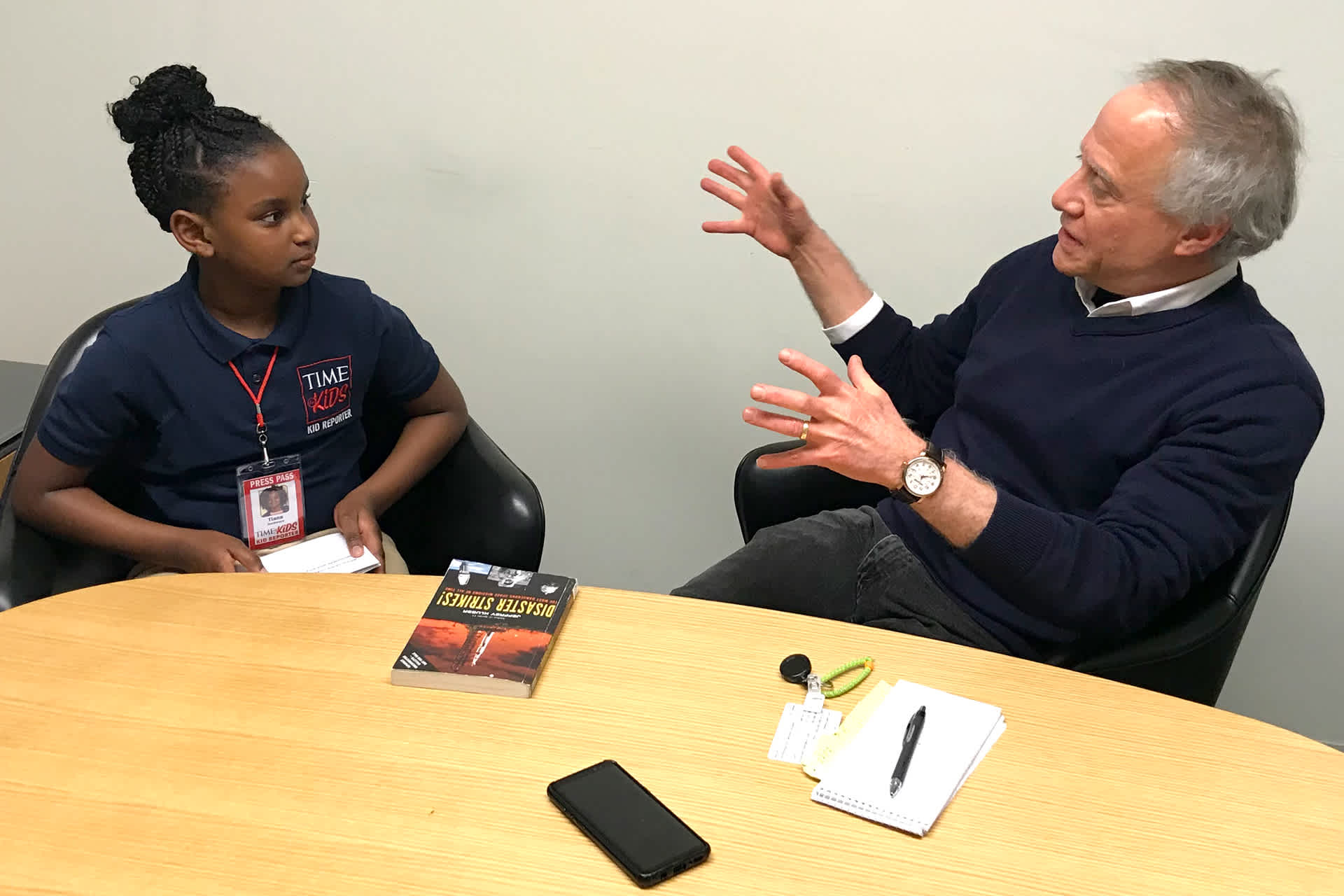I'm a Science Journalist

One of my very earliest memories occurred on October 4, 1957. That was the day that Russia—which was then known as the Soviet Union—launched Sputnik, the first satellite to orbit the Earth. I remember standing on the front lawn with my parents and older brother, scanning the sky for a moving star that could be Sputnik passing over the city of Baltimore. We never did see Sputnik, but never mind. From that day onward, I was hooked on space.
I grew up during the days when the first astronauts went into orbit, left their spacecraft and took their first walks in space, and left Earth orbit entirely, heading out for the moon. I watched Apollo 11 land and Neil Armstrong become the first human to walk on the lunar surface. That was the summer of 1969. I watched the landing on TV, with 250 other kids at a space camp named, appropriately, Camp Comet.
As I got older, I thought about a lot of careers, but eventually knew that I wanted to become a journalist and an author. And while I’ve written about many topics in the decades I’ve been working, none has given me as much excitement and satisfaction as writing about space—and with good reason.
Writing about space has allowed me to be present for the final launch of the space shuttle in 2011. It has allowed me to witness the launch of a Soyuz rocket—taking NASA astronaut Scott Kelly to the International Space Station for his year in space—at Russia’s Baikonur Cosmodrome, in Kazakhstan. It has allowed me to visit NASA’s mission control in Houston, Texas, and its massive Vehicle Assembly Building at the Kennedy Space Center, in Florida. It has allowed me to see the Cassini spacecraft—which orbited Saturn—when it was still being assembled at NASA’s Jet Propulsion Laboratory, in Pasadena, California.
Most gratifyingly, my work has allowed me to write several books about space, including Apollo 13. That book became the basis for the 1995 movie about the harrowing moon mission that almost cost the three astronauts their lives in 1970. When I was a boy, I followed that mission closely, worrying about whether the astronauts would make it home. The mission commander, Jim Lovell, was one of my childhood heroes. I had his picture on the wall of my bedroom. Growing up and getting to collaborate with him on the book was an enormous thrill. (The very first time I ever spoke with him, he was calling from his car with a very crackly cell phone connection. With the poor reception, the first thing I thought was, “It sounds just like he’s calling back from the moon!”)
Working on the movie, I became friendly with the star, Tom Hanks, and the director, Ron Howard. They were both my age, and they had followed the drama of Apollo 13 as closely as I did, when the mission was taking place. Over the years, I’ve written books about Apollo 8 (the first time astronauts orbited the moon), about the robotic exploration of the solar system, and another book, for kids, about the most perilous space missions ever flown.
When my daughters, who are now 21 and 19, were little girls, I was talking to them about the kind of work they’d want to do when they grew up. I told them they should try to think about work that would bring them so much gratification and happiness that they’d do it even if they didn’t get paid. I certainly hope they’ll find their way to those kinds of jobs. I can say with certainty that I did.

